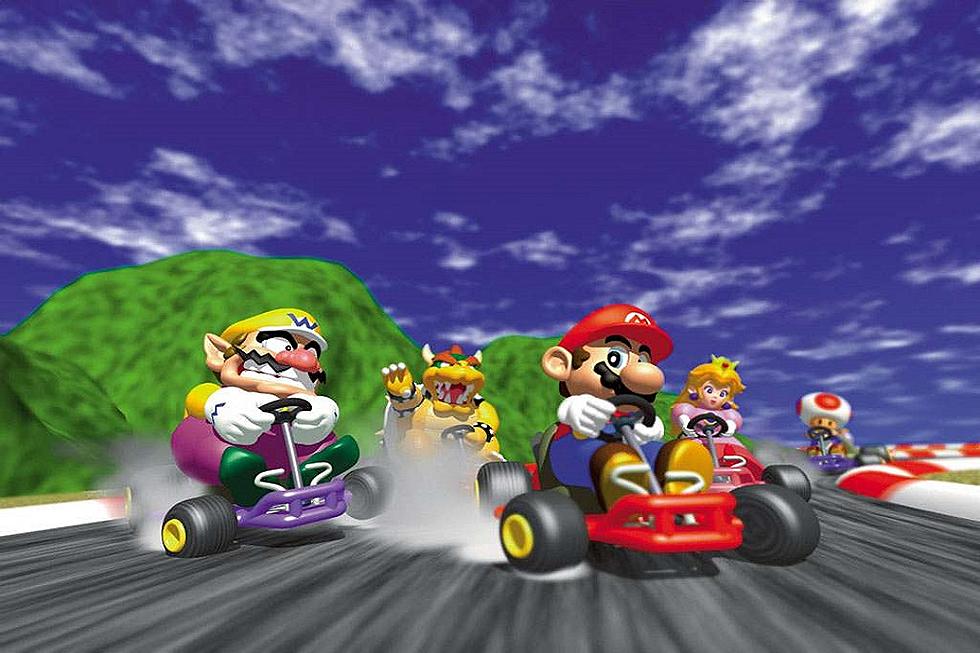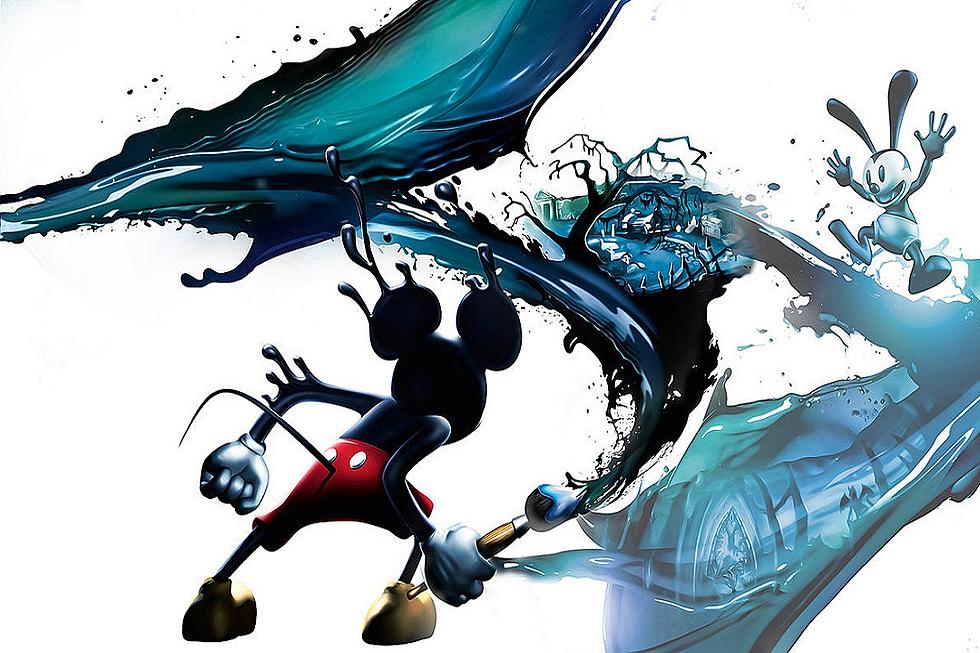
Grand Theft Auto III’s Effect on Open-World Gaming
In the gaming industry, the concept of redefining a genre comes up often as new and improved technology is produced. Often times it can just be a good game that makes the most of what’s come before it, but what about the true trendsetters? What about a game that truly revolutionized the medium in a style that countless others would follow in years upon decades to come? That is a category host to far fewer titles. For instance, the open-world sandbox existed before 2001. Rockstar Studios had even broken ground in this genre three times before with their Grand Theft Auto series, but it was on this day in 2001 that Rockstar Games and Take-Two Interactive released Grand Theft Auto III. More than just a good game, it effectively set the stage for all 3D open-world games going forward.
Grand Theft Auto was traditionally a series played from a bird’s eye view in its early 2D iterations. Once 3D game development had taken hold and DMA Design (eventually Rockstar North) was ready to transition their franchise into the new era, the team was tasked with deciding what would be core to Grand Theft Auto III amid a wave of forthcoming changes. Where the city environments were teeming with little nondescript avatars of citizenry, cars and activity before, the perspective now shifted closer where these things needed to be fleshed out. Head Writer Dan Houser and Producer Leslie Benzies strove for a city that lived, breathed, acted and spoke like never before.
Where Liberty City was introduced in the first game, with Grand Theft Auto III the team determined the real-life inspiration of the city. They wanted to make something that encapsulated both an East Coast and Midwest aesthetic in all of it. Chicago, Pittsburgh, Detroit and Philadelphia all helped in building the identity of the city, though New York is the most obviously heavy inspiration, lending to Liberty City’s division into three island-like segments representative of key areas like Brooklyn, Manhattan, and parts of New Jersey. With its style firmly developed, the team set to giving Liberty City’s citizens a story.
Grand Theft Auto III is the story of a silent unnamed criminal (later referred to as Claude in the series) and his journey of revenge against former girlfriend and fellow criminal Catalina. Early in the game during a bank robbery, Catalina betrays Claude, shooting him and leaving him for the police. Claude survives, but is sentenced to prison. As chance would have it, the prison van transporting Claude is attacked and he is freed. Now a felon at large, Claude works from the bottom to scrape his way back to prosperity through various crime syndicates in hopes of finding Catalina and exacting his revenge.
In creating the story, the team worked on designing the mechanics simultaneously. Houser wanted to create gameplay that was informed by the events of the game and likewise inform the story through the actions the player takes. That said, the team also took on the challenge of building freedom. Following some required prologue and outside of the main missions, the player can go where they want and do as they please, albeit not without escalating response from the law or other criminals in the process. Essentially, what Houser wanted was a gangster/crime drama in an action-RPG style universe. He cited films and television like Heat and The Sopranos alongside games like The Legend of Zelda as inspiration for the crossover.
Ultimately, it was a crossover that would pay off immensely. Grand Theft Auto III was an enormous success, albeit not without some controversy spawned from the vivid criminal activity players engage in within the game. The game drew attention from media outlets, organizations and concerned voices over the content of the game. Nonetheless, this did little avert, and actually perhaps bolstered, Grand Theft Auto III’s popularity.
Grand Theft Auto III set a standard. It wasn’t just one that Rockstar Games would follow in producing most of their following 3D open-world games. The whole industry followed as well. The game was revolutionary in its presentation of both story-driven and free-roaming gameplay. The narrative had depth to it while the gameplay allowed for some of the most freedom players had ever experienced in an action title. It pushed the bar so far that the industry still follows the example set in the creation of new games. There are good games and iconic games that players love all over the industry, but love it or hate it, few games have ever revolutionized a development standard the way that Grand Theft Auto III did.
More From Arcade Sushi









